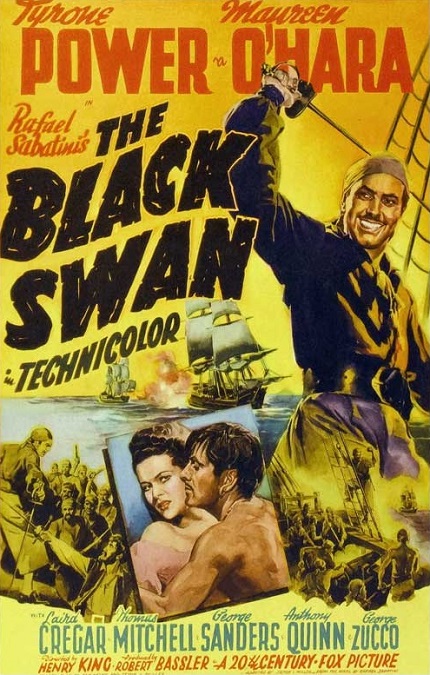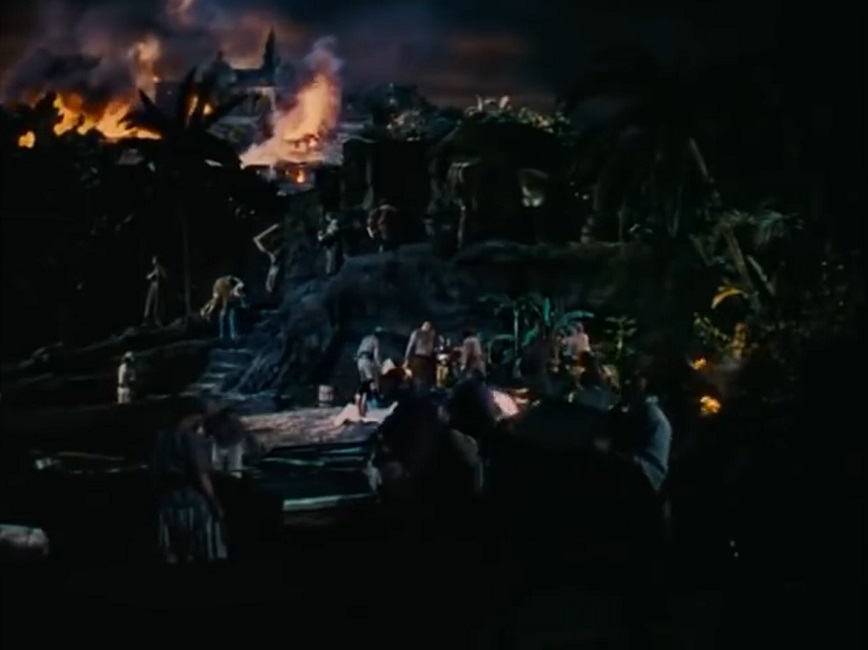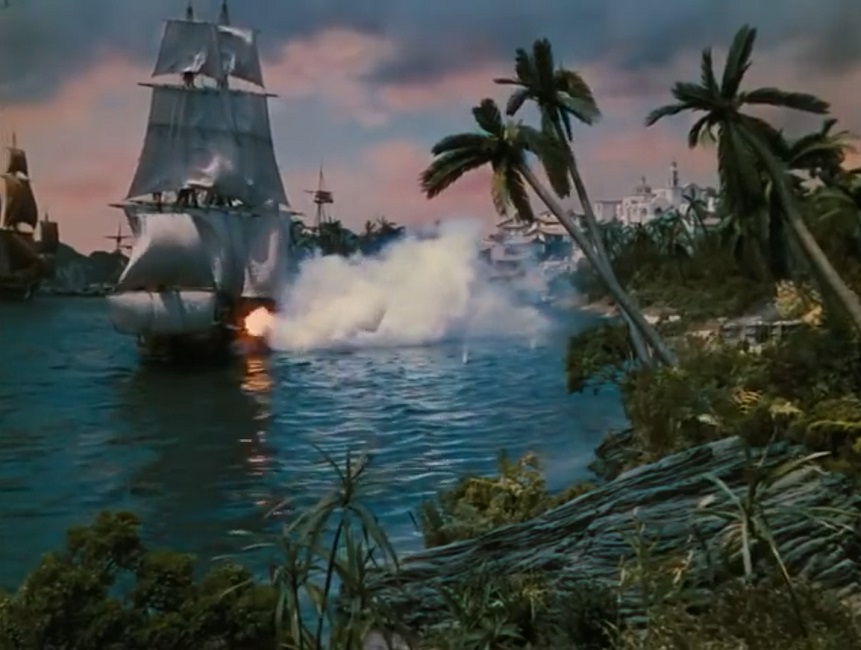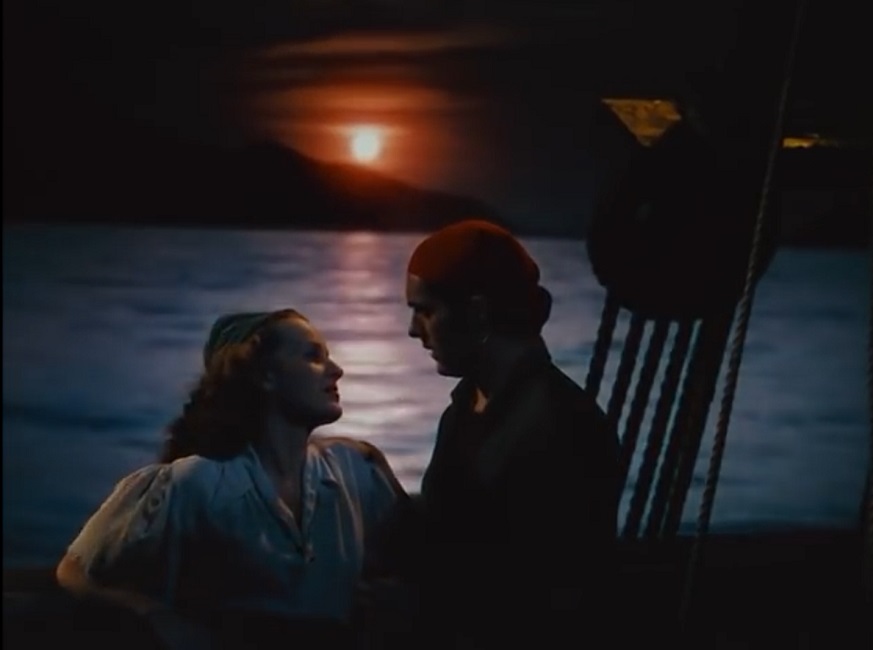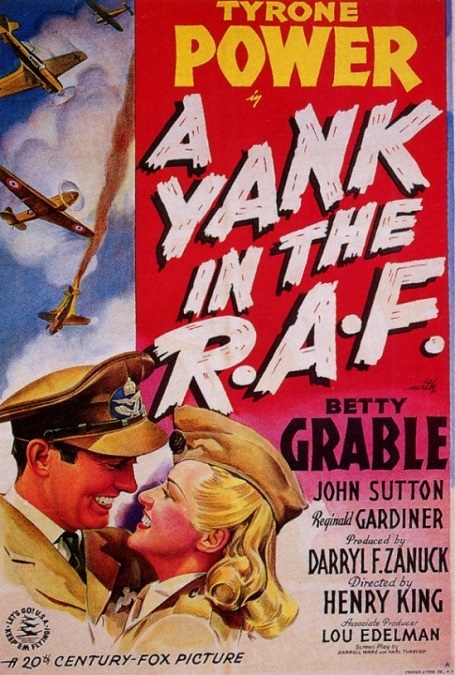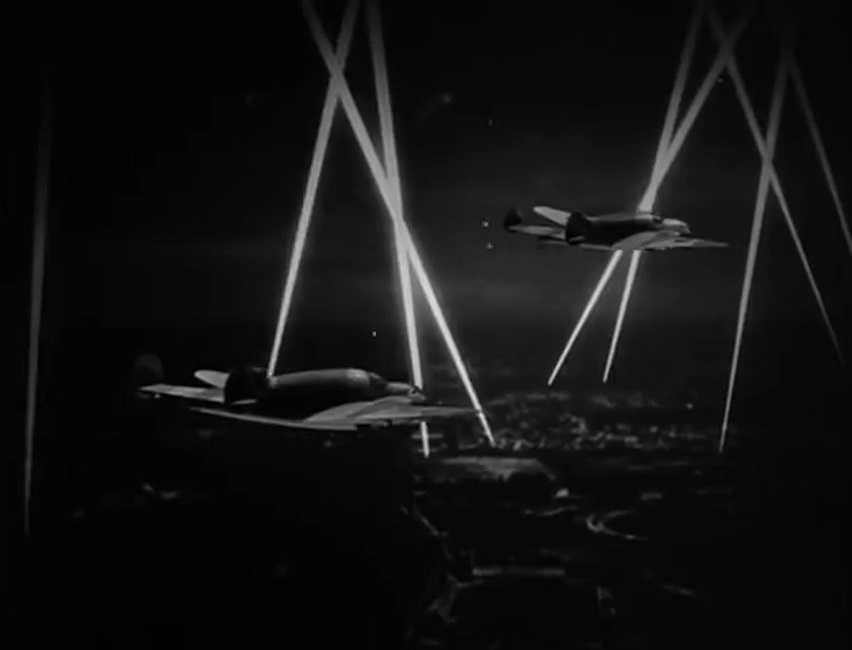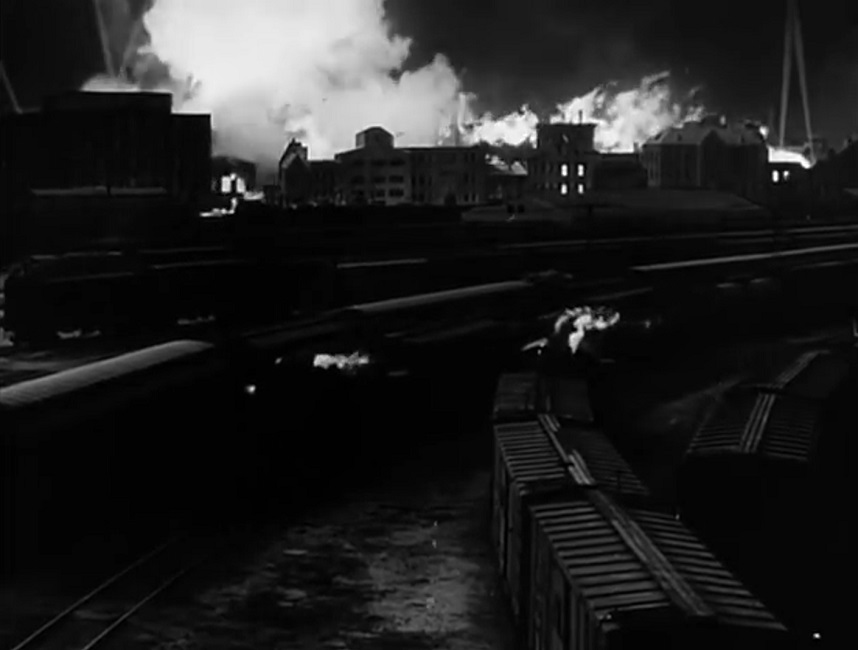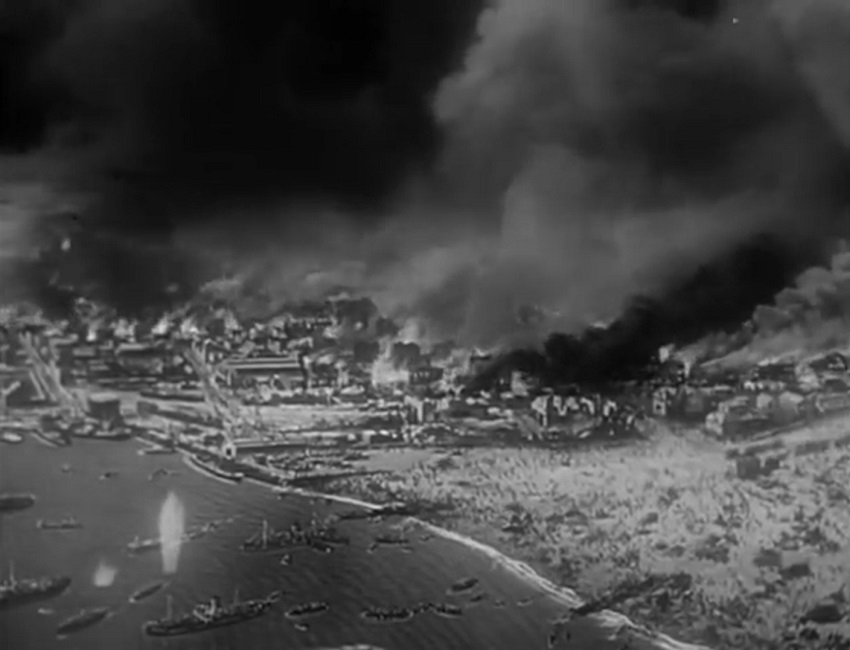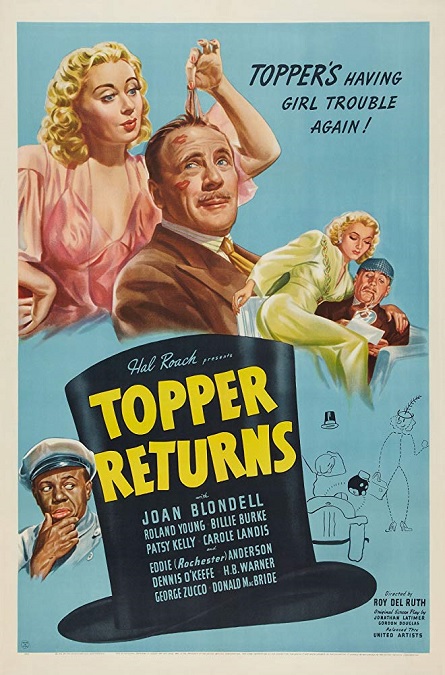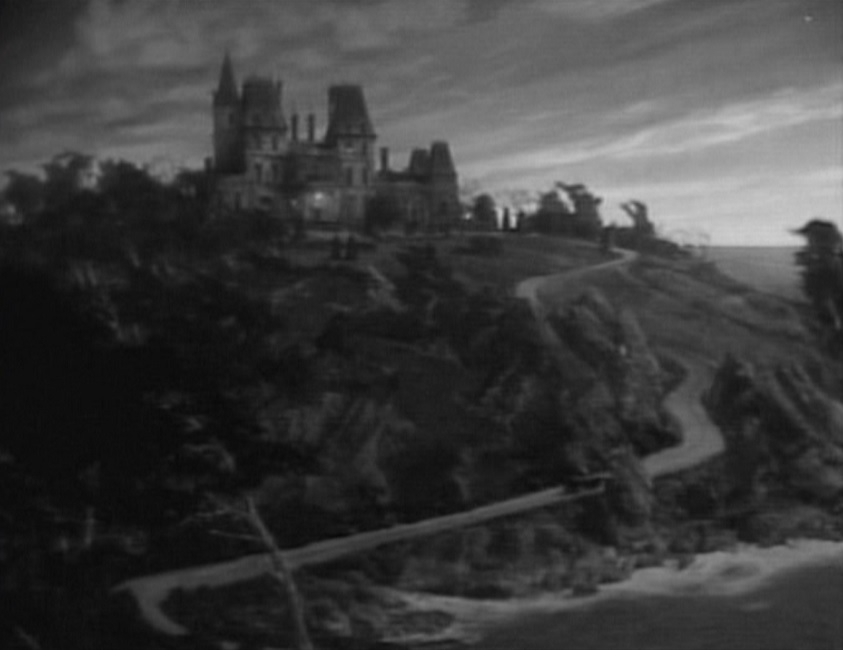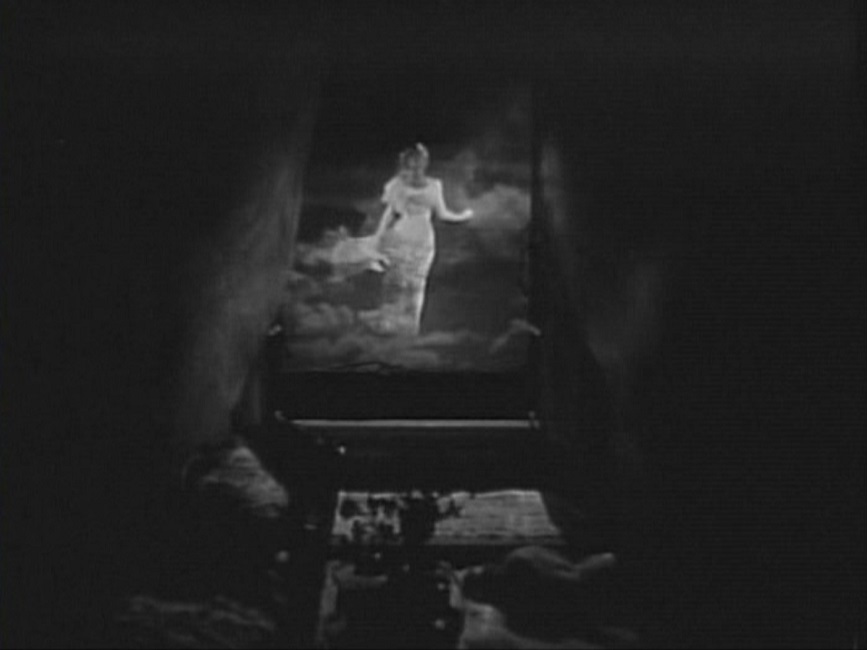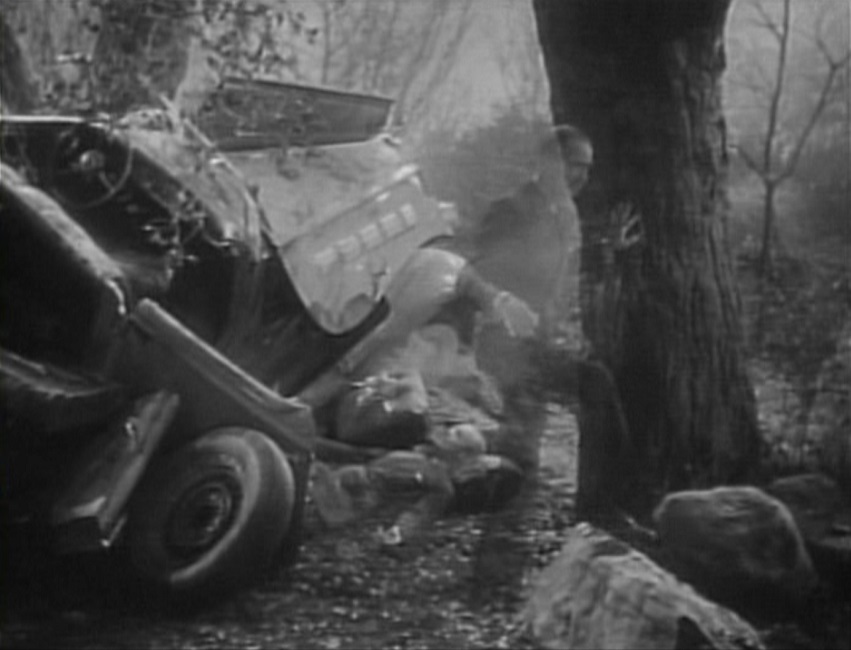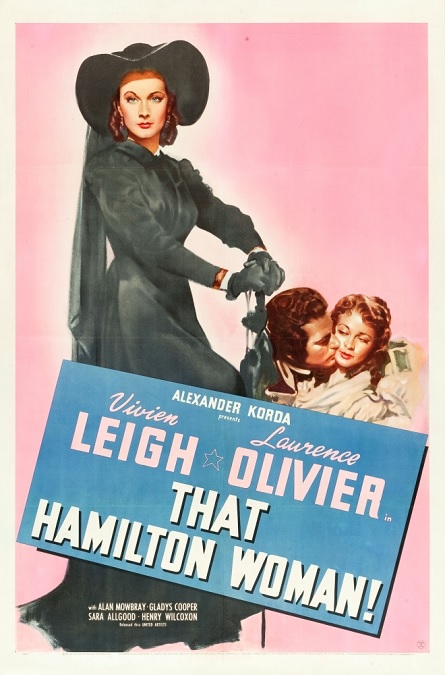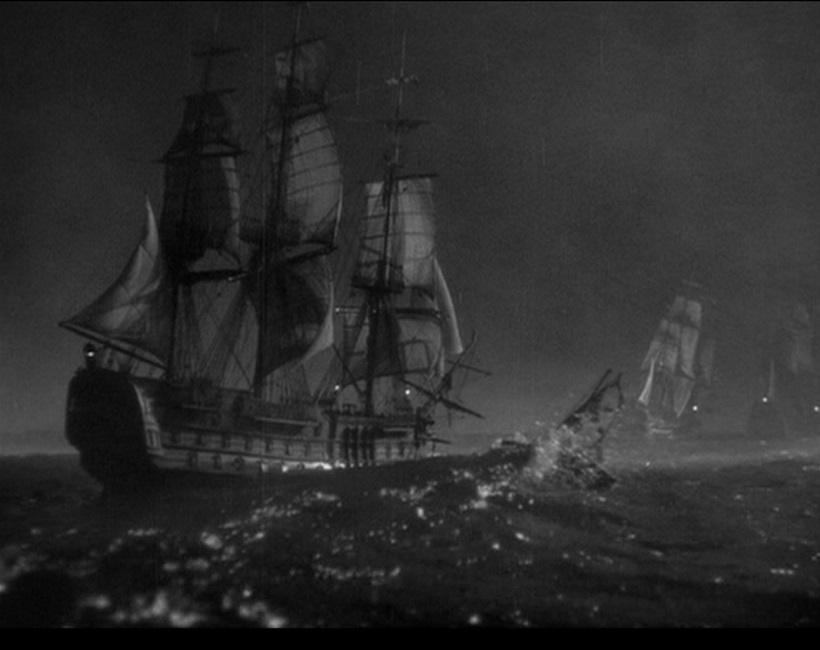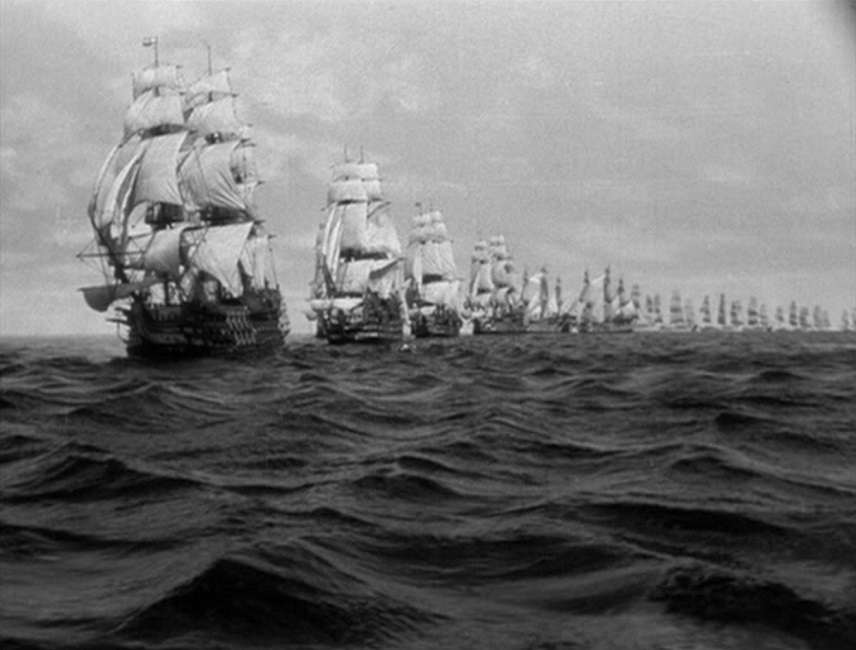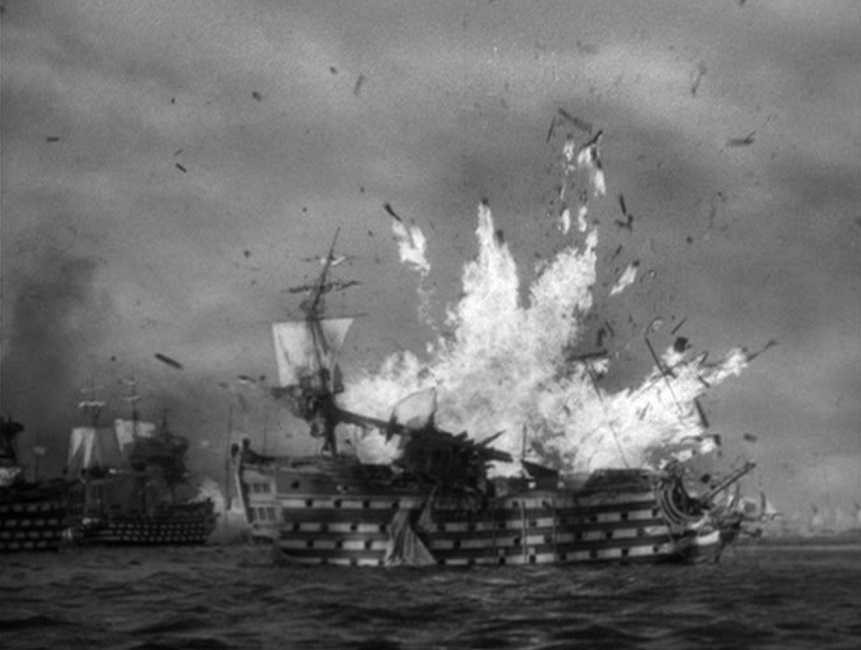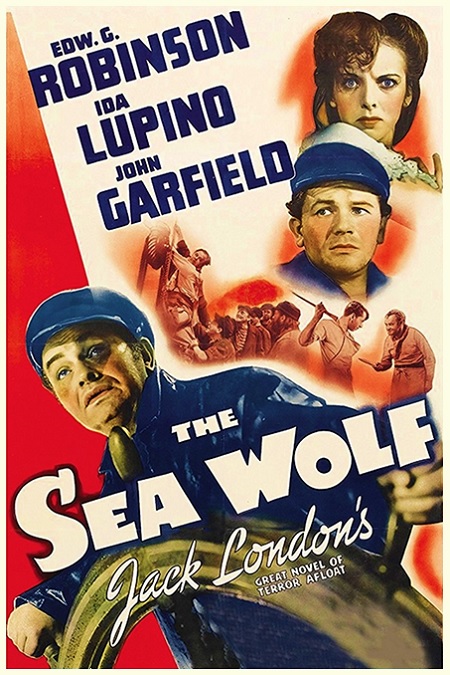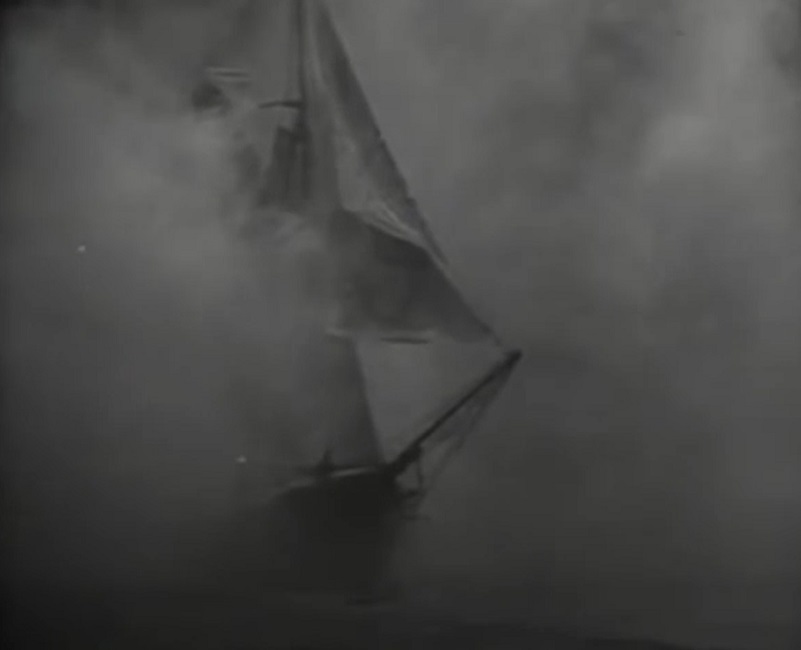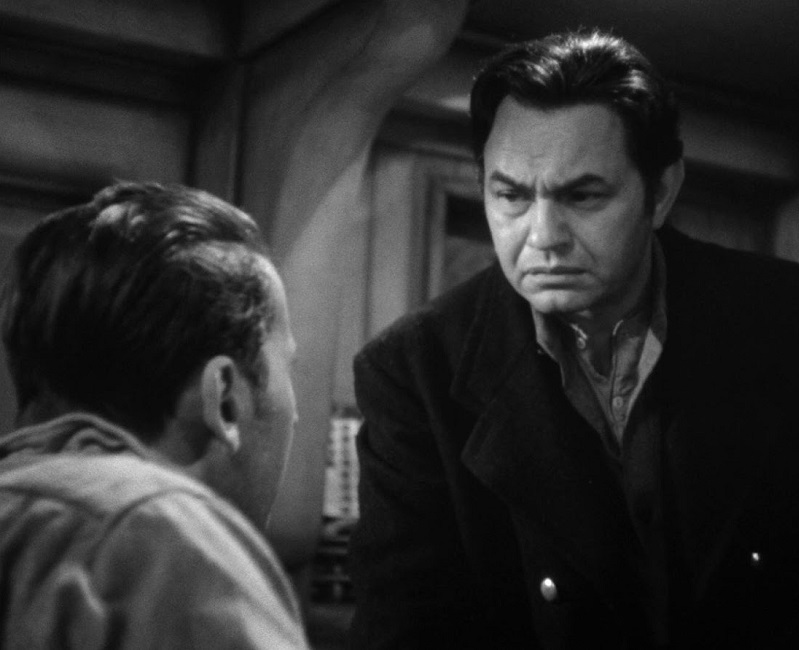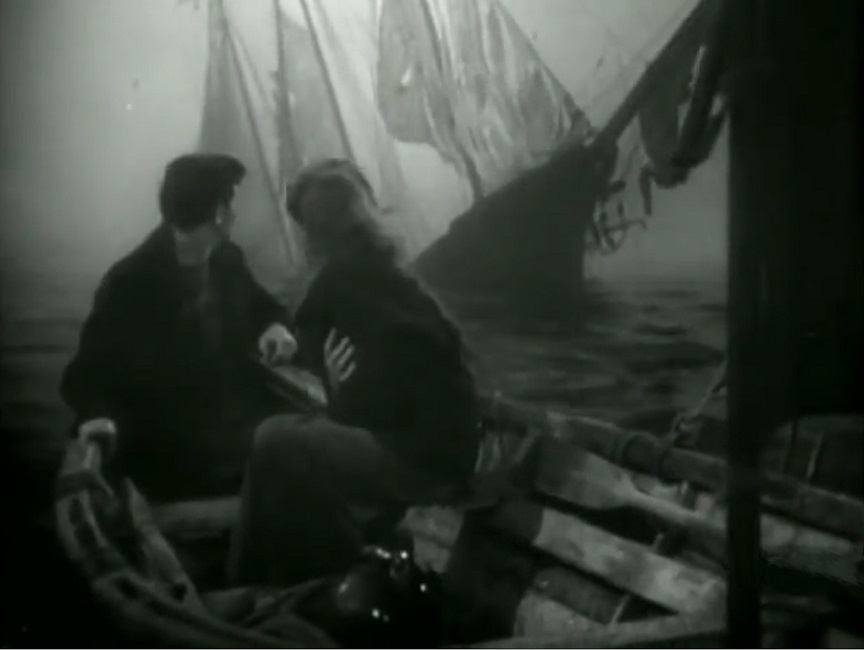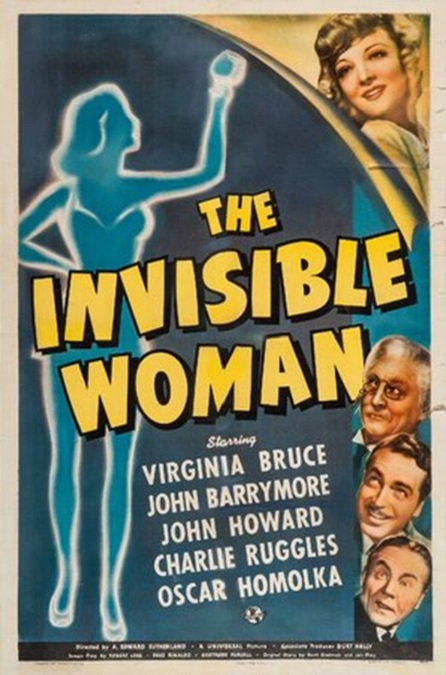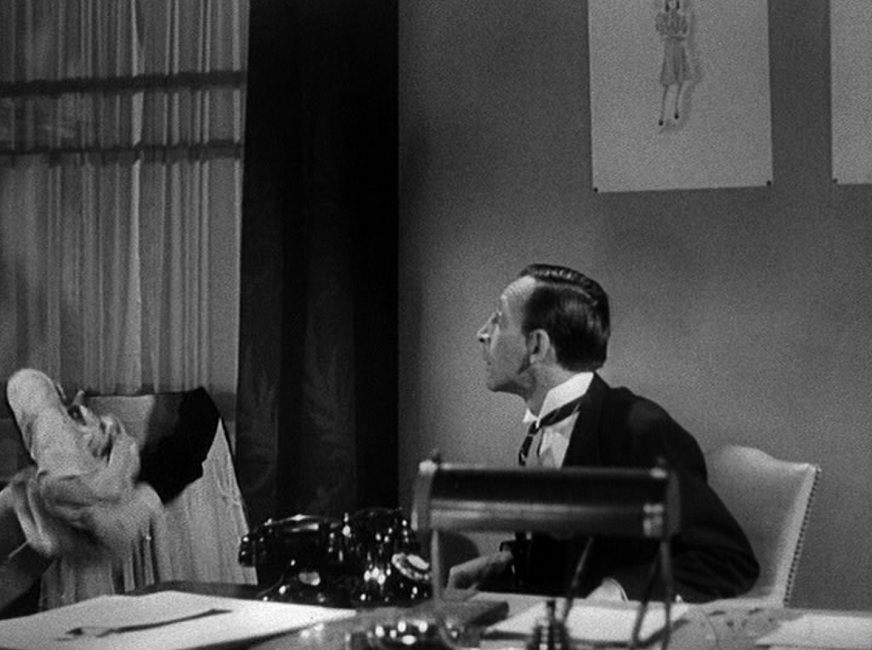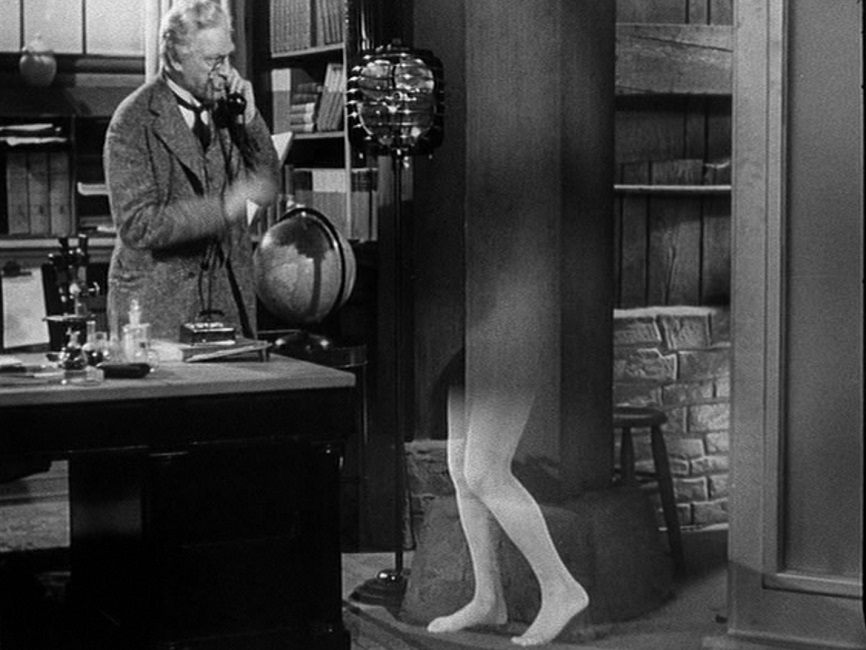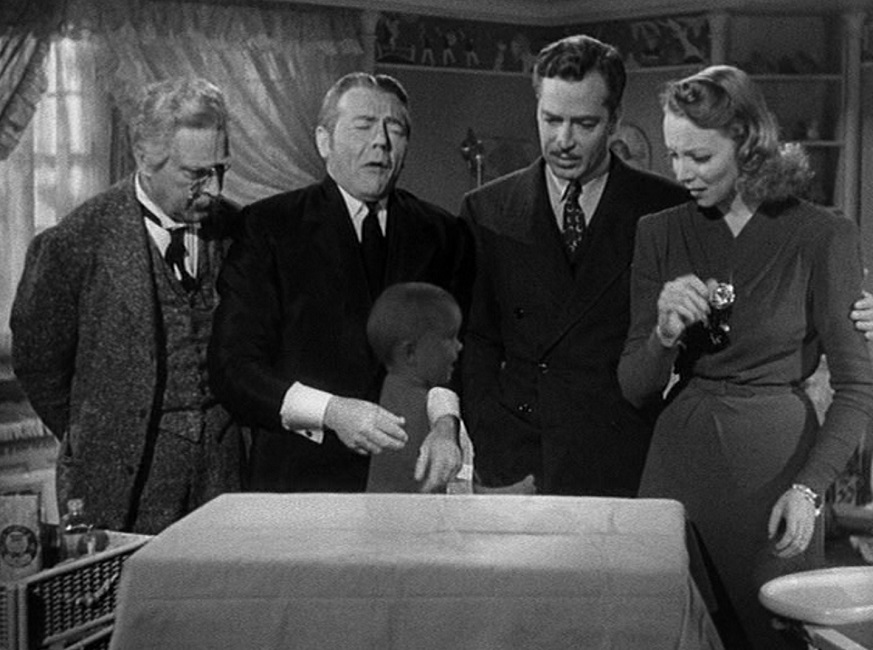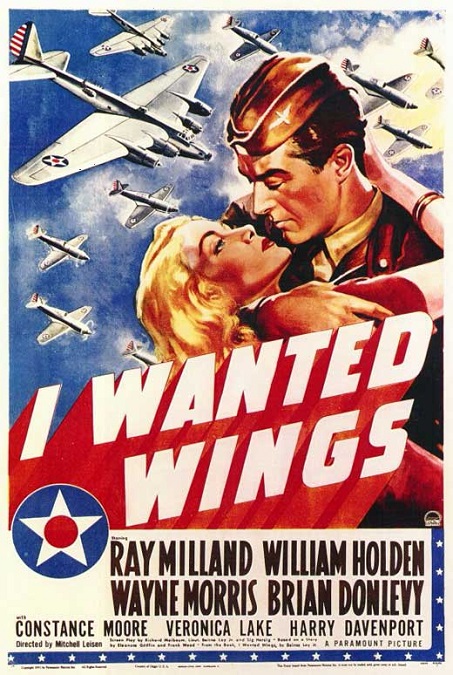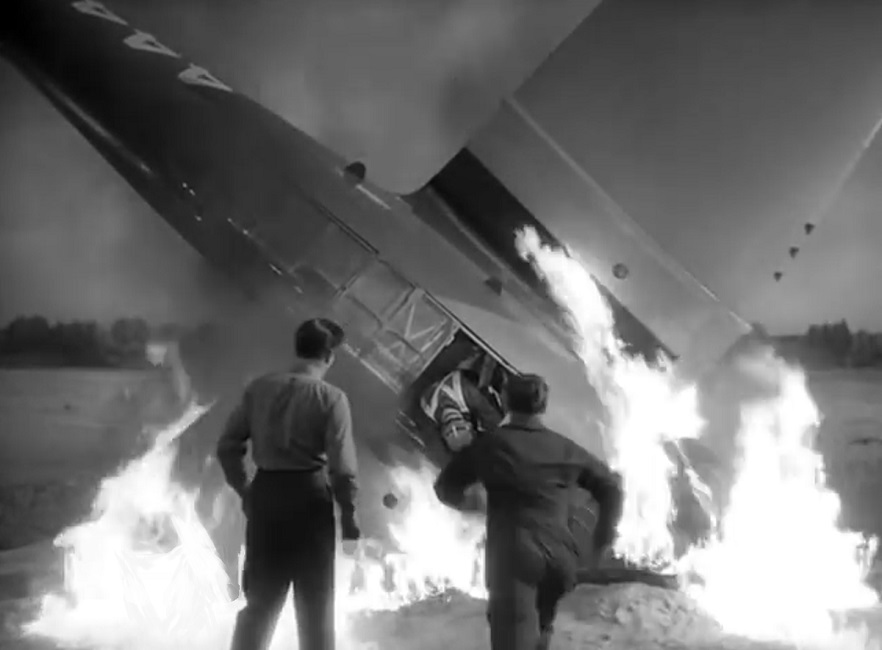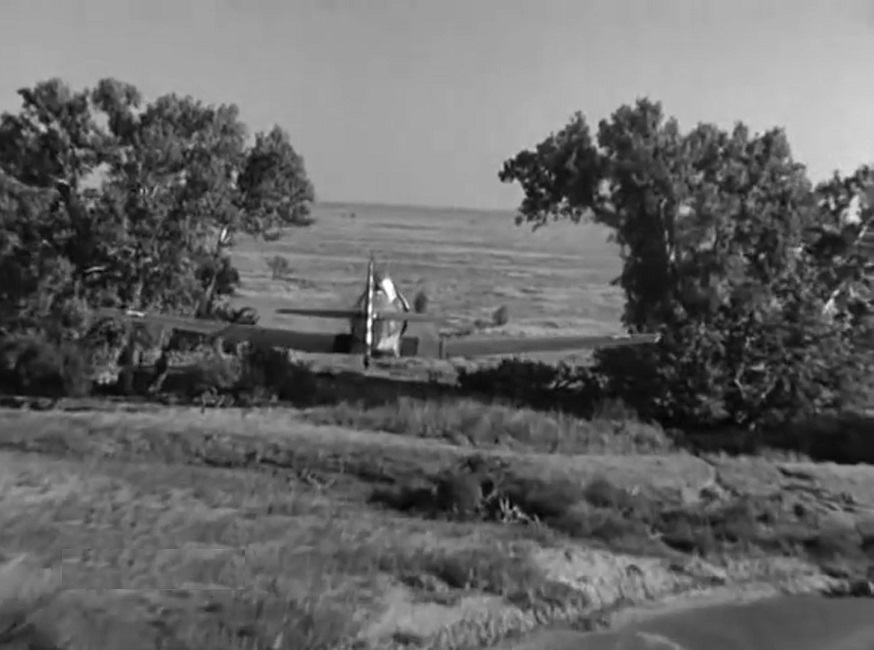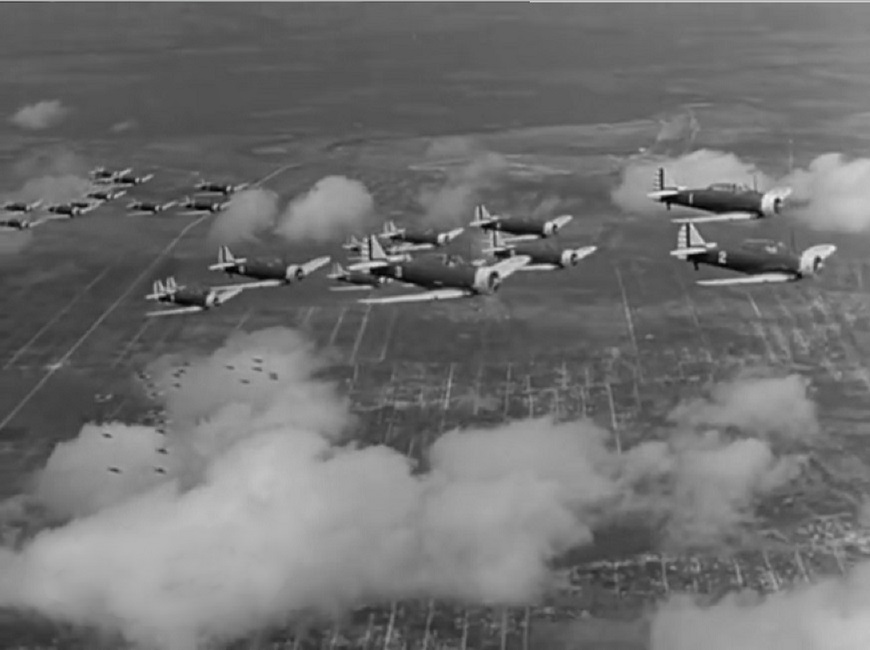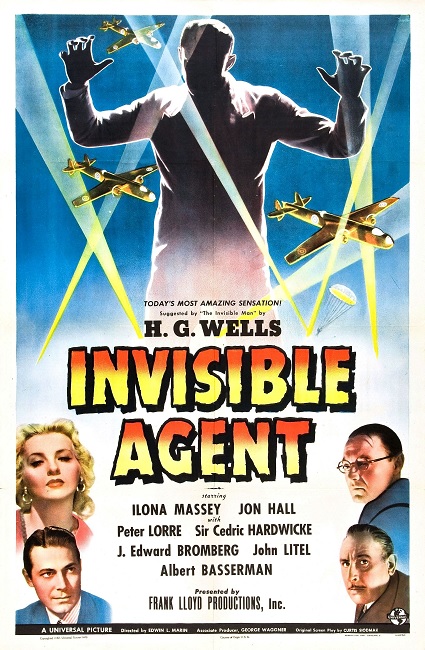
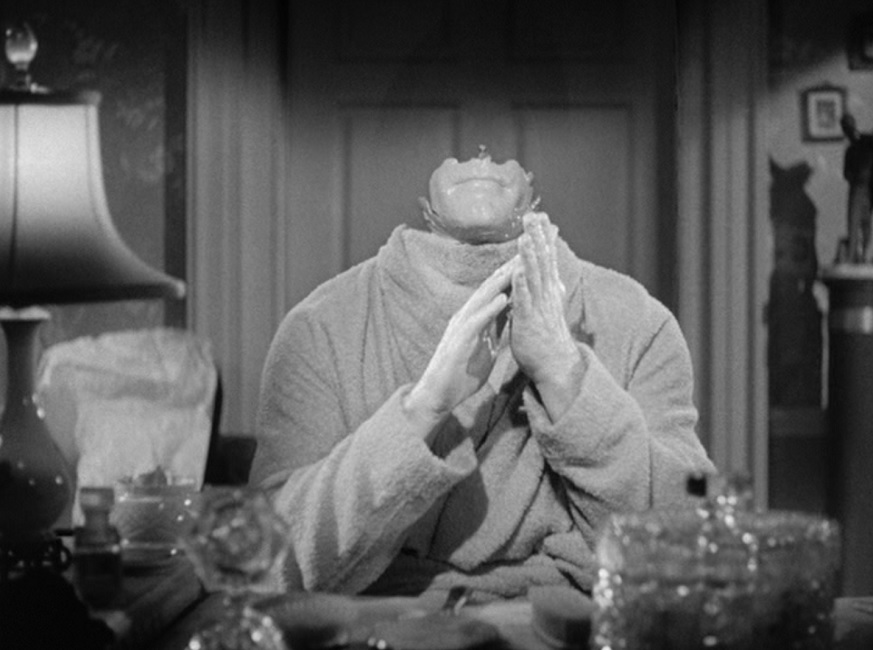
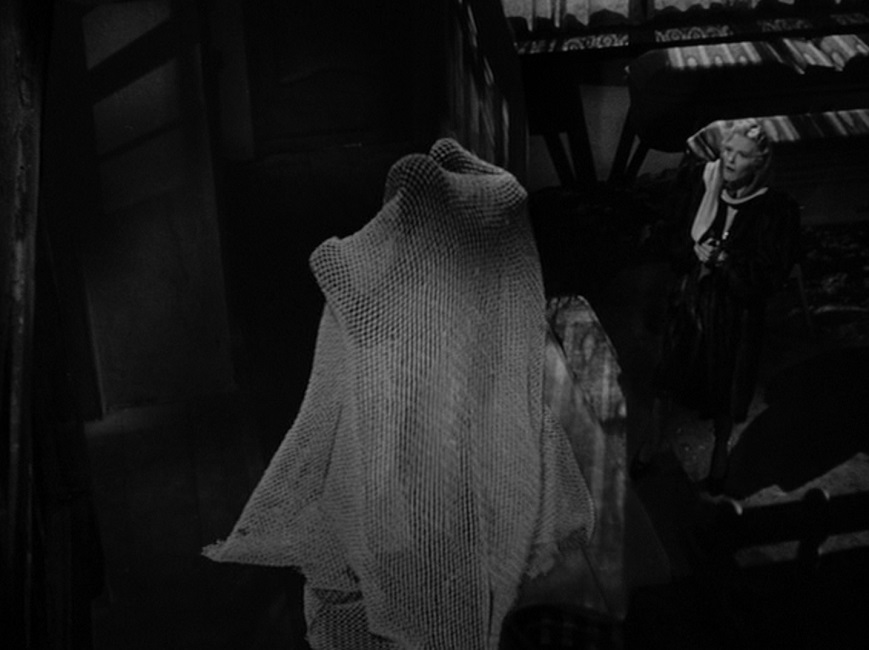
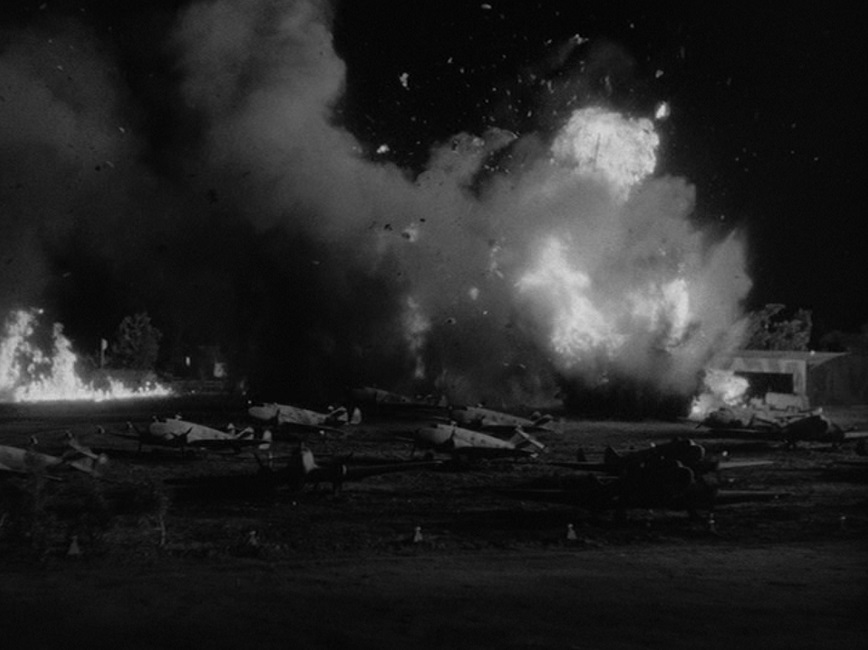
Invisible Agent – 1942

I wouldn’t exactly call this movie a piece of cinematic trash, but I’d come close. The movie, was pretty bad. Most of the special effects were awful, especially when seen with my modern TV. I hope that the audiences of 1942 had such inferior picture quality on the big screen that they couldn’t see all the obvious flaws that I could see. It was as if Hollywood was just cranking out as many war propaganda films as it could, without regard for story content, continuity, or quality effects.
It is difficult for me to comment on just the special effects, and not the other poor aspects of the film, but I’ll do my best. First, I’ll mention the obvious things, like being able to see the wires holding up floating objects, like a piece of chicken, or a key. Or I could mention the ill-conceived lighting on the man who was supposed to be invisible which made his outline completely visible as he smoked a cigarette, but not when we should have been able to see him in a burning room full of smoke. But I also have to be fair and mention the film’s climactic escape from Germany when our invisible hero bombs the Nazi airfield. The explosions were well-done and I had no problem with them.
But there are three things in particular which I feel need to be mentioned, things which took away from the effectiveness of the movie’s illusions. The first concerns a scene in which the invisible agent puts cold cream on his face to make himself visible to the beautiful woman. In order for the effect to be realistic, we should only have been able to see the areas to which the cream had been applied, but we could see his teeth and tongue. Also, when he is spreading the cream on his face, you can see not only his head, but the towel wrapped around it, AND HIS EYES!! In another shot, when the invisible man was removing a Nazi soldier’s clothes, the soldier seemed to be glowing because of the lighting, especially his polished boots.
Second, there was a scene in which he is captured. A net fitted with fish hooks is dropped onto his invisible form. We should have been able to see through the net, but instead, I could see the man in the black body suit. The director, Edwin L. Marin, should have realized that if you can’t do an effect properly, you should find a way around doing it at all.
And third, there were a few shots in the film in which a technique was use that always bothers me. It had nothing to do with the invisible aspect of the movie. It had to do with a bit of rear-projection and the motion of the film being sped up to make it appear as if the action is happening fast. It always puts me in mind of either Benny Hill, or worse yet, the Three Stooges. It makes the movie feel campy or cheap, which I’m sure was not the intent, as other parts of the movie were treated as a serious action film. Fortunately, this effect was only used sparingly.
